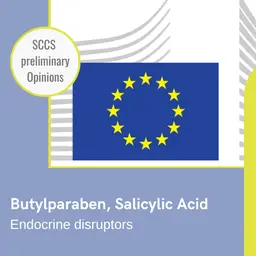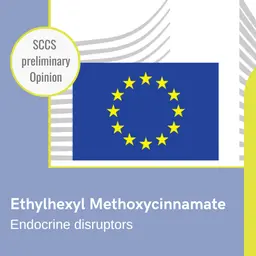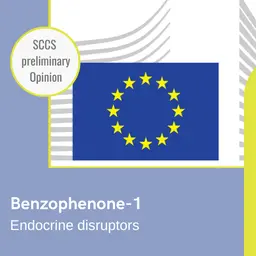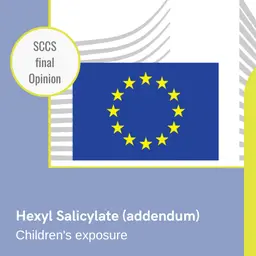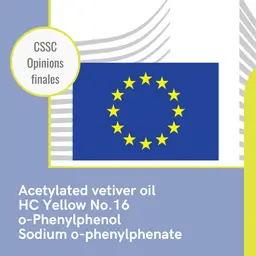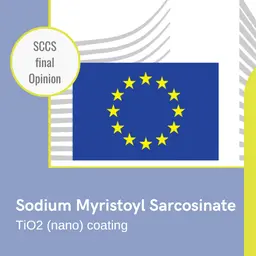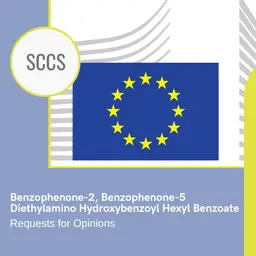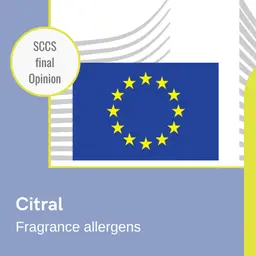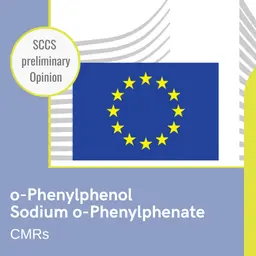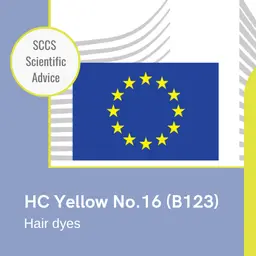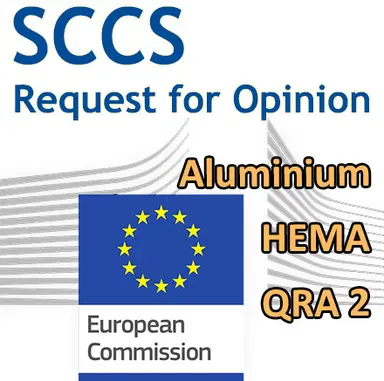
Aluminium in cosmetics, HEMA and Di-HEMA Trimethylhexyl Dicarbamate in nails products: the safety of these ingredients will be assessed by the SCCS. The requests from the European Commission were published on March 10, 2017. The SCCS is also asked to consider if QRA 2 model is adequate to establish the safety of fragrance ingredients.
Aluminium
Background
Aluminium and its compounds are used in cosmetics products such as antiperspirants, lipsticks and toothpastes. In particular, the most extensively used aluminium compound in cosmetic products is Aluminium Chlorohydrate in antiperspirants. While Aluminium Chlorohydrate is a cosmetic ingredient not regulated in the Cosmetic Regulation 1223/2009, other aluminium salts such as Aluminium Zirconium Chloride Hydroxide complexes and the Aluminium Zirconium Chloride Hydroxide Glycine complexes are covered by entry 50 in Annex III of the Cosmetic Regulation for use as antiperspirants with specific conditions of use.
According to Cosmetics Europe, current conventional antiperspirants rely on a group of water soluble salts of aluminium and/or zirconium that possess similar insoluble gel-forming properties while lipstick and toothpastes generally contain water-insoluble aluminium ingredients such as aluminium colloidal colorant ‘lakes’ and insoluble minerals.
In 2013, the risk assessment issued by the Norwegian Scientific Committee for Food Safety showed that cosmetic products, and in particular antiperspirants, constitute a significantly larger contribution to the total systemic aluminium exposure compared to diet. As a result of this, the Commission requested the SCCS to evaluate the possible risk for human health arising from the presence of Aluminium in cosmetics, considering the exposure from other sources, such as food …

